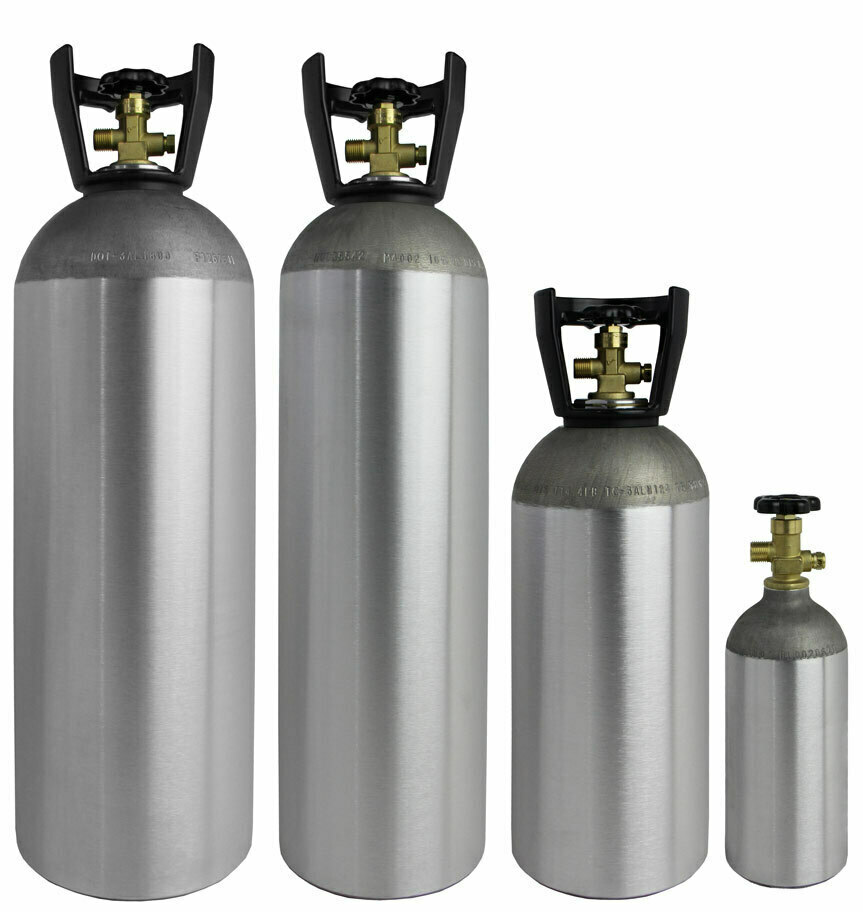CO2 shortages - what can you do?
CO2 Shortage – make your CO2 last longer.
Kegging beer has become extremely popular for home brewers over the past 5 years. Force carbonation of beer in a keg was easy and doesn’t involve homebrewers washing bottles each time a brew is ready.
But we have hit a massive roadblock. CO2 is in very short supply in New Zealand, and while several companies are importing CO2 from overseas, it will be very hard to secure as a home brewer (priority is being given to food manufacturers and safety equipment) and if you can get some, then expect the cost of fills to go through the roof!
So, what can you do to make your CO2 bottles last longer?
1. CO2 Capture from Fermenters
It is possible to capture some of the CO2 that is produced during fermentation. While this won’t be filtered and it will be at low pressure, but it could be enough to move beer from a fermenter to a secondary or to a keg. You need to think through your process carefully to capture CO2 in the absence of Oxygen but it is possible.
2. Carbonate the Keg via fermentation rather than Forced Carbonation
It is not ideal as this solution also provides some negative challenges. But these could be tolerated in a CO2 shortage. Secondary fermentation in a keg will create more sediment from the dead yeast, meaning the first pour is likely to be very cloudy and muddy tasting. However, once the sediment around the dip tube is cleared you should have clear beer from that point on.
The process is very similar to bottling beer. A small amount of sugar is added to the keg (try 80 to 100g for a 19L corney keg). Leave the keg at room temperature for a week to ferment the sugar and pressurise the keg, before moving to the fridge for storage.
Note: I would burp the keg after the first couple of hours to expel any Oxygen in the headspace of the keg ie reduce the chances of oxidation in the beer.
3. Use compressed air to wash kegs and taps rather than wasting your CO2
Many of us use CO2 to push cleaners through our kegs, lines and taps. Maybe setting up an old scuba tank with compressed air could be used to push these cleaners through your lines and taps when cleaning. It may take a little extra time and resources to plumb in a cleaning system but it may be worth it.
4. Bottle some beer!
Funny that we started kegging to avoid bottling. But without CO2 it might be time that we bottle a brew or two just to make our CO2 last longer to keep the taps pouring. Kegging brewers don’t want to go back to bottling, but separate times call for desperate measures.
CO2 has become a precious resource, so being creative and finding ways to make you CO2 bottle last longer could keep the beers flowing at your home. Kiwis have traditionally been pretty good at finding innovative solutions to problems, so let’s see what we can do to survive this CO2 crisis.
Posted: Wednesday 18 January 2023

